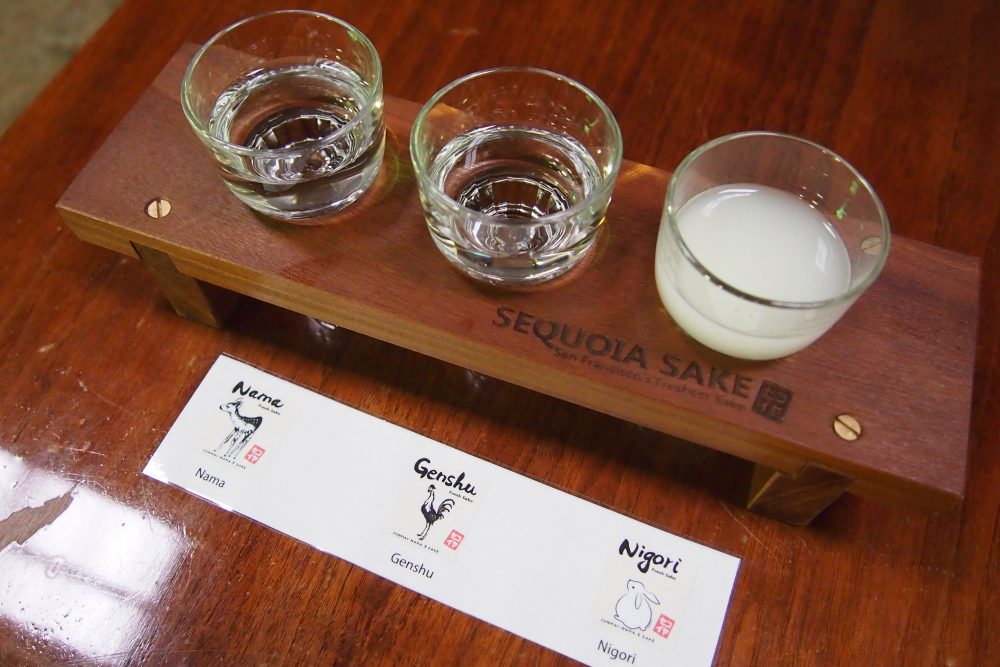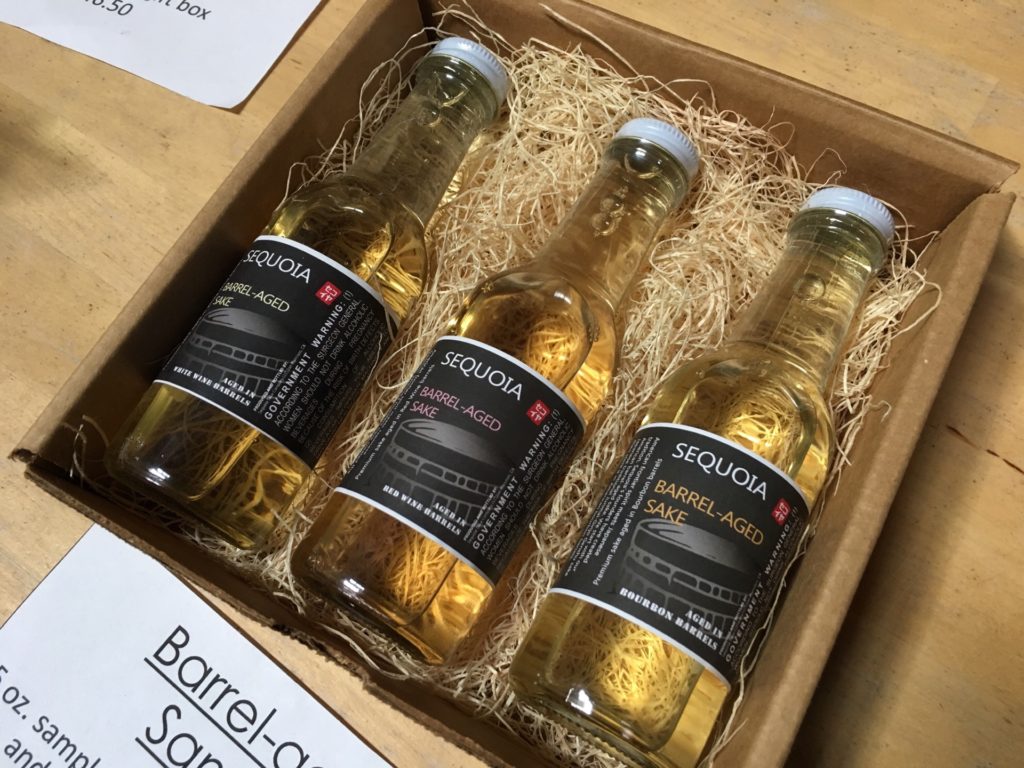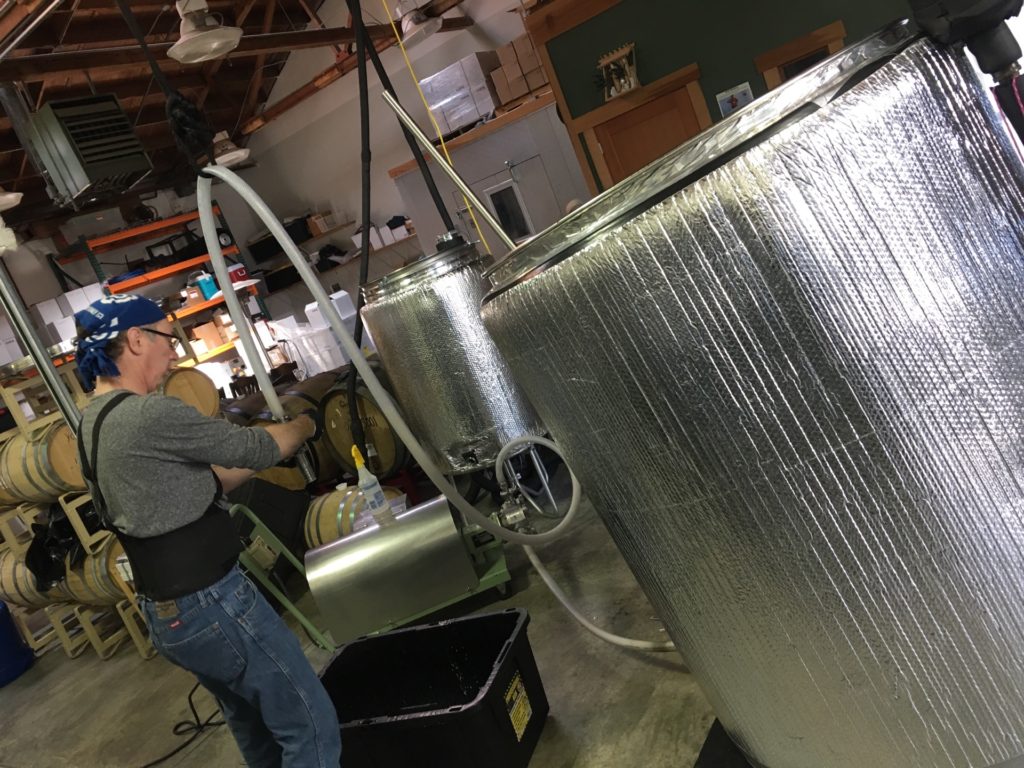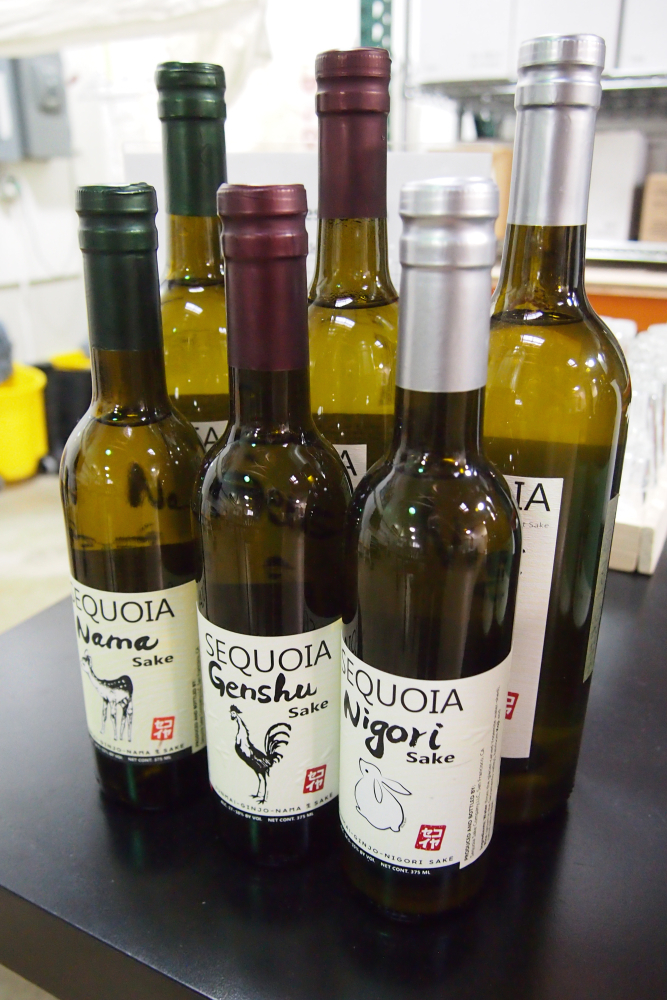
Written and translated by Saki Kimura
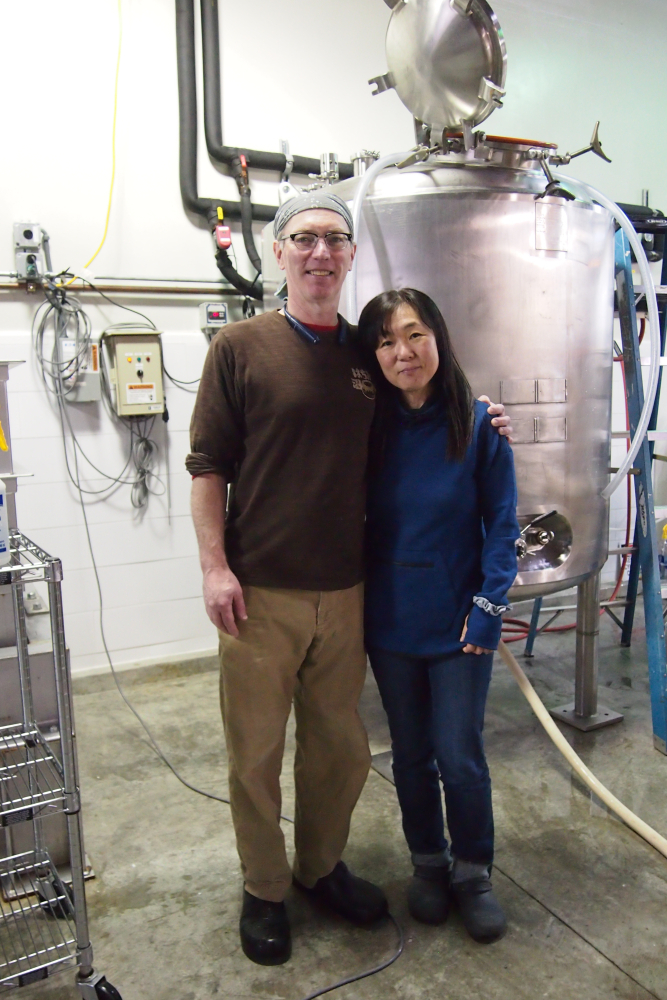
Sequoia Sake Brewery, established in 2014, is owned by the husband and wife team of Jake Myrick and Noriko Kamei. Knowing Noriko was born in Japan, you may jump to a conclusion that she has a career as a sake brewer in Japan: in fact, however, they had no experience to brew sake before starting this brewery as they had worked for the IT industry for a long time.
“We worked and lived in Japan for 10 years and that’s when we fell in love with sake. Our favorite was nama-sake, however, upon returning to the US we found that it is not available. We had no choice but to brew it by ourselves,” Noriko said.
Nama-sake means unpasteurized sake, which skips the final step of heating (called as “hi-ire” in Japanese). As the yeast in nama-sake is still alive, this style of sake has a fresh and dynamic flavor.
On the other hand, active yeast can affect on flavor or quality of sake as time advances or the temperature changes. For this, it is difficult to import nama-sake from Japan to the US.
Sequoia Sake Brewery takes advantage of this fact for a local business. “Our favorite sake needs to be unique – this is how we succeeded in distinguishing ourselves from existing sake products in the US.” Jake and Noriko switched their sake brewing as a hobby to business after their daughter’s graduation from high school.
Their main customers are restaurants and stores in the Bay Area. Fresh nama-sake, a product only available in the local area, has succeeded to attract interest by people with a big love for local: their production volume has currently doubles every year since production started in 2015.
